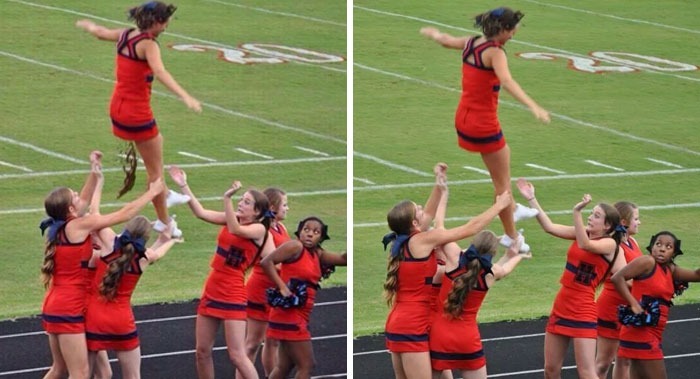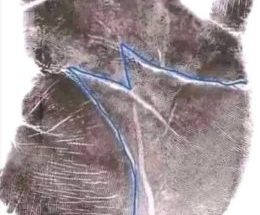Decoding the Digital Deception: A Look at Viral Images and Their Hidden Truths
The internet age has brought us a wealth of information, but it has also become a breeding ground for misinformation. Nowhere is this more apparent than in the world of viral images. Pictures that initially appear shocking, heartwarming, or simply amazing often mask a carefully crafted deception. Let’s delve into the fascinating world of digitally manipulated photos and explore the truth behind some of the most widely circulated viral images.
The Allure of the Altered Image: Why We Fall for Fakes
Our brains are wired to seek patterns and meaning. When confronted with a striking image, we tend to accept it at face value, particularly if it aligns with our pre-existing beliefs or desires. This makes us particularly susceptible to manipulated images, which often play on our emotions and expectations. The seemingly effortless spread of these images via social media further exacerbates the problem, turning a single manipulated photo into a global phenomenon before the truth can catch up.
The Psychology Behind Believing

The ease with which images can be manipulated using readily available software contributes significantly to the problem. Even seemingly minor alterations can drastically alter the context and meaning of a picture, creating a narrative that’s entirely fabricated. The viral nature of these images further amplifies the impact, leading to widespread belief in falsehoods. The speed at which information spreads online often outpaces the ability to verify its accuracy.
Unmasking the Illusions: A Case Study of Famous Viral Hoaxes
Let’s examine some specific examples of viral images that have captivated the internet, only to be later revealed as cleverly crafted illusions:

Wildlife Encounters – Real or Reel?
Several images depicting seemingly incredible animal encounters have been exposed as fakes. These include a black lion (achieved through skillful editing), a bear chasing cyclists (a superimposed image), and a dwarf giraffe (a digitally altered photo). These images leverage our fascination with the natural world and often exploit our inherent trust in visually compelling evidence.

Historical Fabrications & Misrepresentations
The internet is rife with manipulated images that distort historical events. One example includes a picture purporting to show a soldier “dabbing” during a war, which turned out to be a behind-the-scenes shot from a movie. Similarly, a supposed photo of Marilyn Monroe and Elizabeth Taylor together was revealed to be a Photoshop composite. These fabricated images not only mislead viewers but also risk rewriting historical narratives.

Everyday Life – The Unexpected Twist
Even seemingly mundane images can be victims of digital manipulation. This includes pictures like a man next to a giant wave of fried rice (actually a sculpture), a “Frozen Venice” image (a composite of two different locations), and a misspelled Romney family name (a cleverly altered photograph). These examples showcase how even seemingly innocuous images can become vehicles for misinformation.

Environmental Concerns – The Misleading Message
Images relating to environmental issues are often targeted for manipulation. A #10YearChallenge image falsely depicting deforestation progress exemplifies this. While the issue of deforestation remains serious, the use of manipulated images can undermine the credibility of genuine environmental concerns.

The Importance of Critical Thinking in the Digital Age
The prevalence of manipulated images underscores the importance of critical thinking in the digital age. Before accepting an image as truth, it’s crucial to consider its source, examine it closely for inconsistencies, and consult reliable fact-checking websites. Learning to identify digital manipulation techniques is a valuable skill for navigating the increasingly complex landscape of online information.
Conclusion: Navigating the Sea of Deception
The internet’s ease of access and rapid information dissemination are double-edged swords. While offering incredible opportunities for learning and connection, it also presents challenges in discerning truth from fiction. By fostering a culture of critical thinking and media literacy, we can better navigate the sea of misinformation and ensure that the images we consume accurately reflect reality.



